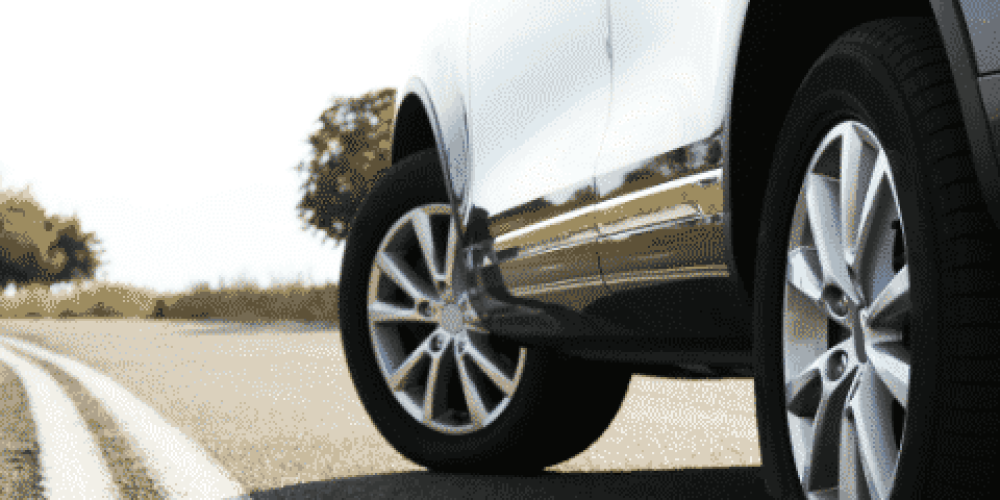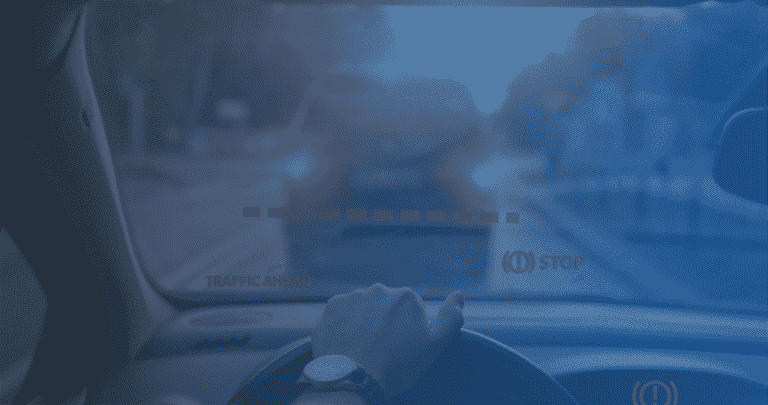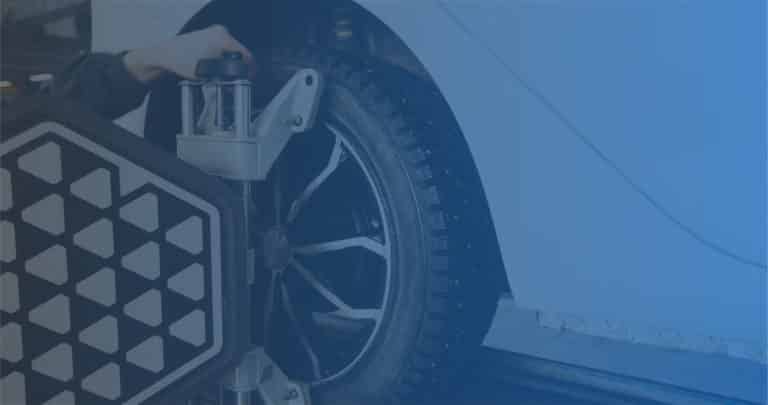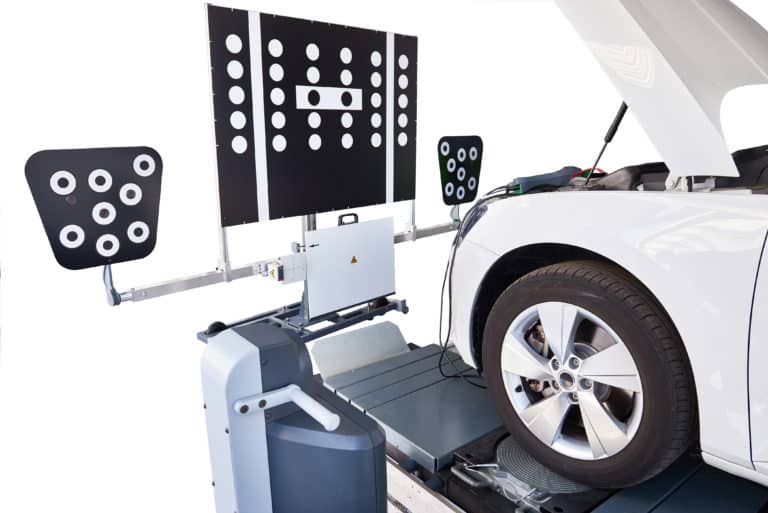Technology continues to impact our lives, and the automotive industry is no exception. Recently, there has been an increased focus on Road Departure Mitigation Systems (RDM). RDM systems are an important new safety feature that can reduce the severity of accidents and save lives.
When driver fatigue is more likely, RDM aids in maintaining awareness of the road ahead and the car within the intended lane. Not only does RDM assist in keeping drivers safe, but it also protects other drivers and pedestrians.
The following is a guide to Road Departure Mitigation Systems for drivers who want to be informed about their vehicle’s systems and keep themselves safe on the road.
What is Road Departure Mitigation?
Road departure mitigation (RDM) is an advanced driver assistance system (ADAS) designed to prevent drivers from unintentionally leaving the road. RDM detects when a vehicle has started to drift out of its lane and then provides feedback or intervention to help keep the car on track.
Road Departure Mitigation only warns drivers when lane drift is noticed without a turn signal. When switched on, it can also apply mild steering torque to assist the driver in maintaining correct lane position and/or brake pressure to help slow down the vehicle’s departure from a detected lane. RDM may not detect all lane markings or departures, but it effectively reduces the number of lane departure crashes.
How Does Road Departure Mitigation Work?
Road Departure Mitigation employs a front-mounted camera to determine the road markings on the road in front of you. If RDM detects that your car is drifting into the opposing lane without using your turn signal, it will first vibrate the steering wheel and then provide an audible warning to notify you that you are straying out of your intended path.
Additionally, if the driver continues to stray into the other lane without correcting course, RDM can take over steering and safely return your automobile to its previous lane and onto the road. If the system senses that your vehicle’s steering input is insufficient to keep it on the road, it may apply brakes.
It is also important to note that RDM only activates when a driver goes 45-90 MPH on straight or slightly curved roads. Additionally, brakes, turn signals, and wipers must not be operating to employ the RDM system.
Other operating conditions and limits may include:
- RDM only issues alerts when the turn signal is NOT in use
- If no lane markings are present or they are obscured, RDM will not detect a lane departure.
- While driving on corners or curved roads, RDM may not operate correctly.
- If the windshield wipers are in continuous operation, the system may not recognize road markings.
- The system may not operate properly in heavy snow, rain, or fog.
- If the sensing camera is obstructed or out of alignment the system may not operate properly.
Road Departure Mitigation System vs. Lane Departure Warning vs. Lane Keeping Assist
There are three main types of ADAS systems designed to prevent road and lane departures:
- Lane Departure Warning (LDW): LDW systems are designed to detect if a vehicle is about to leave its lane without using turn signals. If detected, LDW alerts the driver with an auditory or visual warning. It may not necessarily detect road departures.
- Lane Keeping Assist (LKA): LKA systems are designed to prevent a vehicle from drifting too close to the edge of its lane by using steering input and/or brakes to stay within a lane or minimize the time spent outside of it
- Road Departure Mitigation System (RDM): As mentioned before, RDM systems are designed to prevent drivers from unintentionally leaving the road. They work by detecting when a vehicle has started to drift out of its lane and then providing feedback or intervention to help keep the car on track.
While all three systems have the same goal, they use different methods to achieve it.
LDW systems use a camera to track road markings and provide an auditory warning when the car starts to drift out of its lane. LKA systems also use a camera, but they are specifically designed to keep the vehicle in the center of the lane by providing gentle steering input if necessary.
RDM is the most comprehensive system, as it not only uses a camera to detect lane markings but also employs other sensors such as radar and ultrasonics to determine the vehicle’s position on the road. This allows RDM to take over steering and safely return your automobile to its previous lane if necessary.
All three systems are essential for keeping drivers safe, but each has advantages and disadvantages. Therefore, it is critical to understand their differences to choose the system that best suits your needs.
Some significant differences to note are:
- LDW only warns you that you are about to leave your lane.
- RDM can take control of steering and braking if necessary.
- LKAS keeps you centered in a lane and steers you back in, if you have drifted outside your lane.
- RDM notifies you if you drift out of a lane or off the road.
- LKAS can be turned on and off manually.
- RDM works even when LKAS is deactivated. The toggle switch retains its settings whether the car is on or off, and it’s simple to adjust for sensitivity.
Overall, RDM is the most effective system because it can detect and prevent road departures. While LDW and LKA are important for preventing crashes, RDM has a greater chance of helping you remain in your lane when driving at higher speeds on long highways or winding roads.
Examples of OEM Road Departure Mitigation Systems
Many car manufacturers have begun to include road departure mitigation systems as standard or optional equipment in their vehicles. Some examples include:
However, these systems are still relatively new, and not all vehicles are equipped. If you are interested in purchasing a car with a road departure mitigation system, be sure to ask your dealer if the car has one. Or, you can visit the manufacturer’s website to see a list of vehicles that include the system, or which safety package includes this feature
RDM & ADAS Calibration
Ultimately, road departure mitigation systems are an important tool for drivers on the road. To ensure system accuracy, RDM systems need ADAS calibration.
As with most other ADAS, calibration is necessary to help RDM systems provide accurate assistance to drivers in critical situations. ADAS calibration is also necessary to re-align sensors after collisions, windshield replacements, and many other repairs.
At Car ADAS Solutions, we help you open and operate ADAS calibration centers. We provide you with:
- Site certification process;
- ADAS training;
- State-of-the-art ADAS equipment and tools;
- Management software;
- On-site launch support;
- Quality assurance;
- Technical support and more;
We are experts in our field, and we know how to help you succeed with your business. Let us help you open your own calibration center and keep your drivers safe on the road. Contact us today to learn more.







